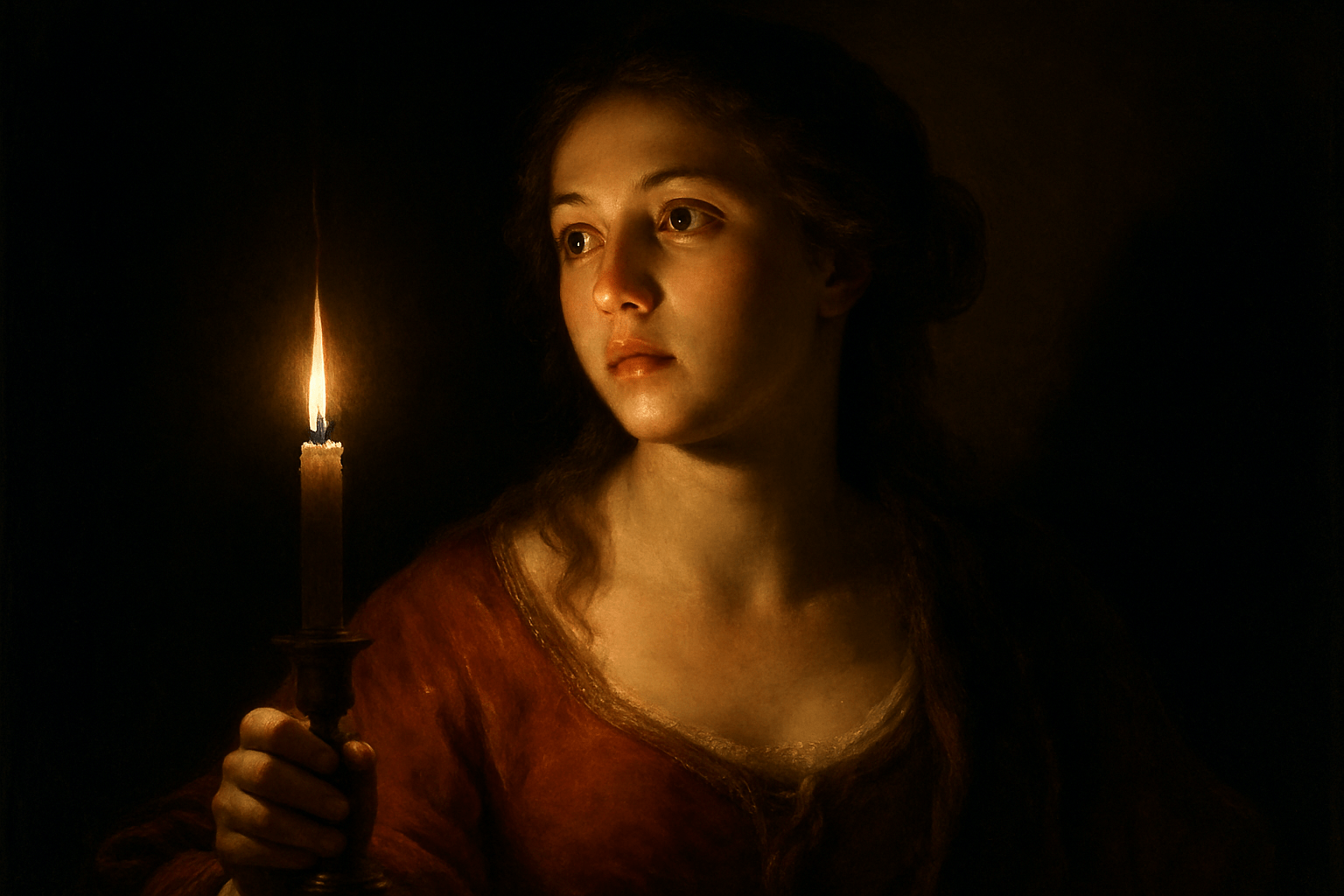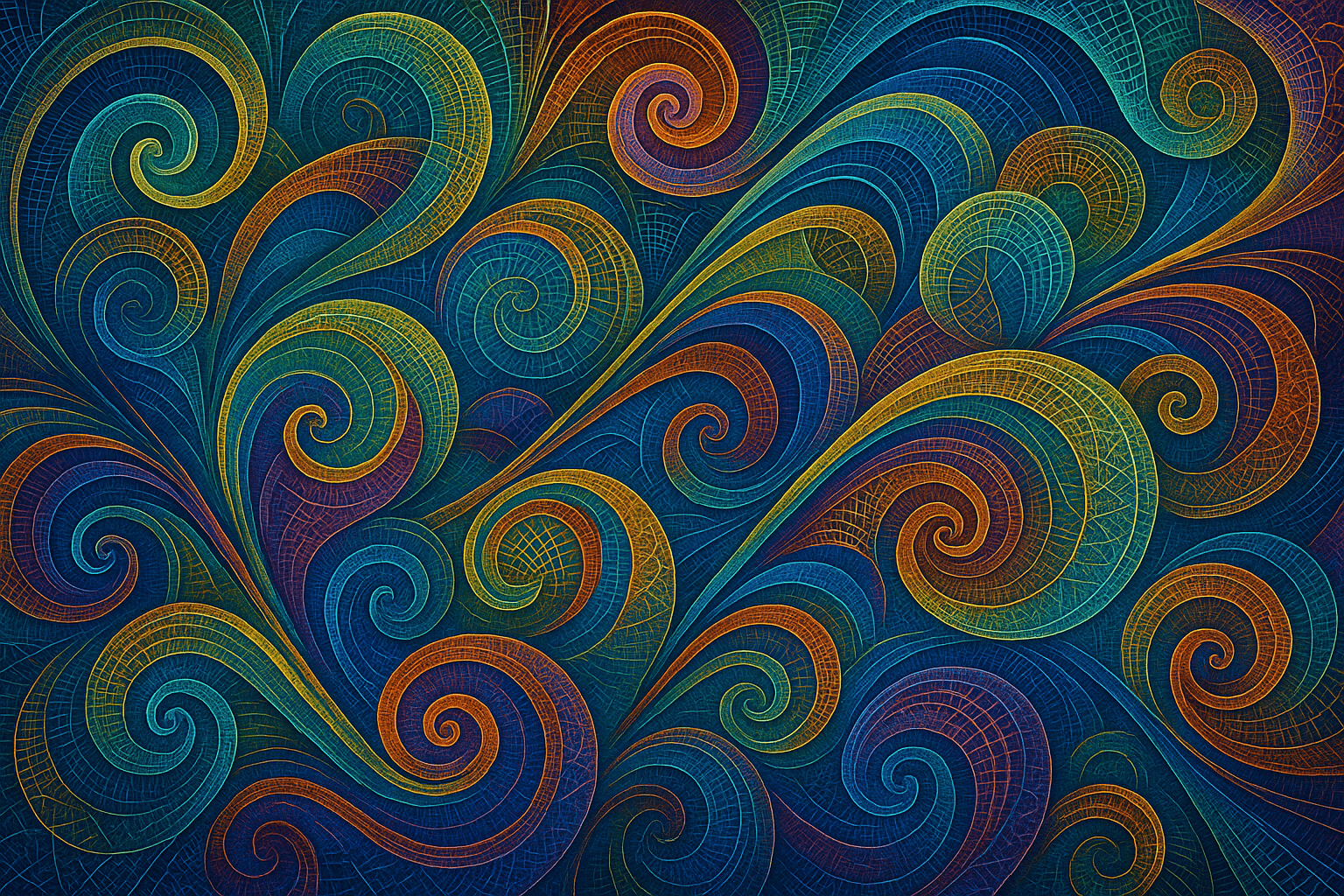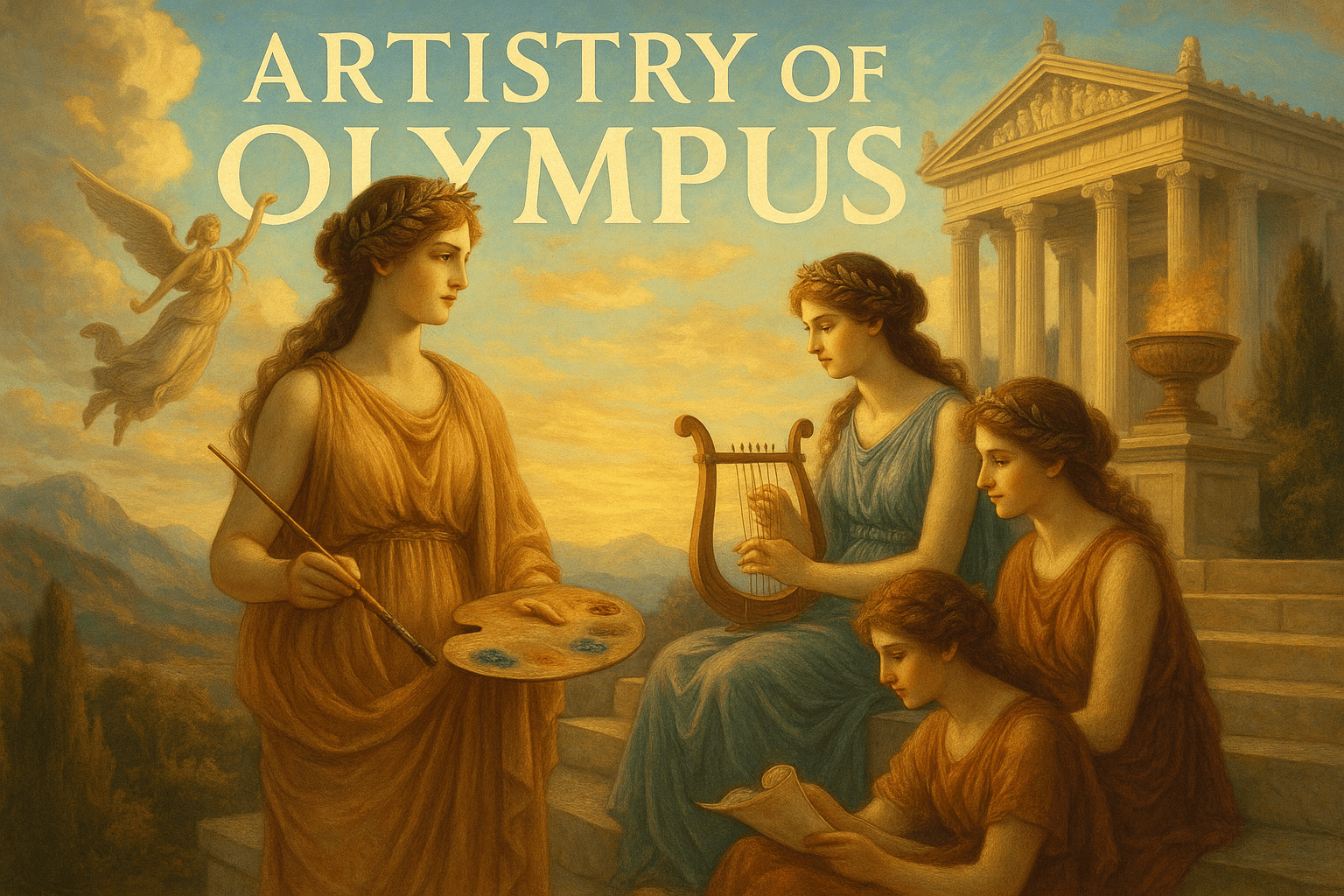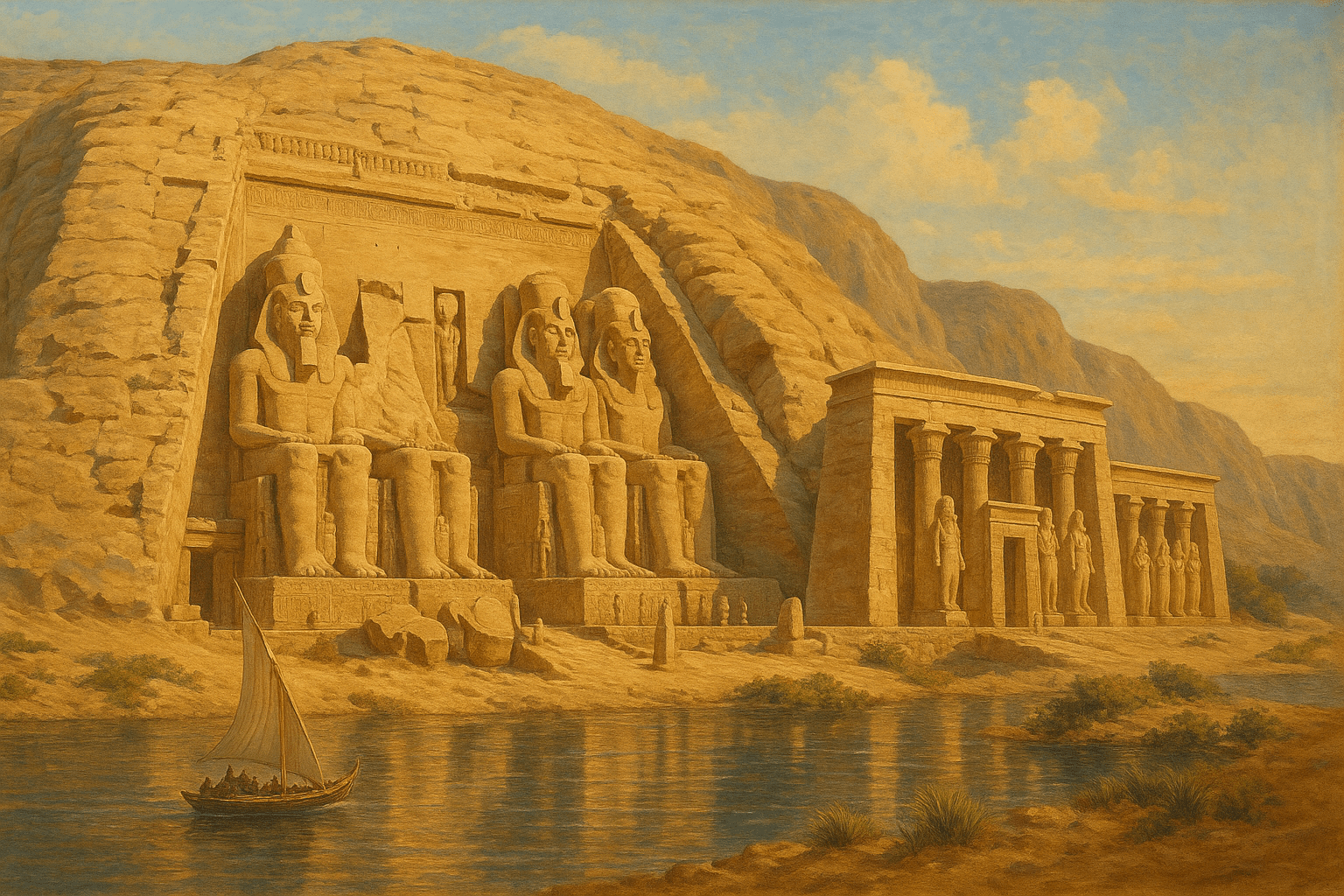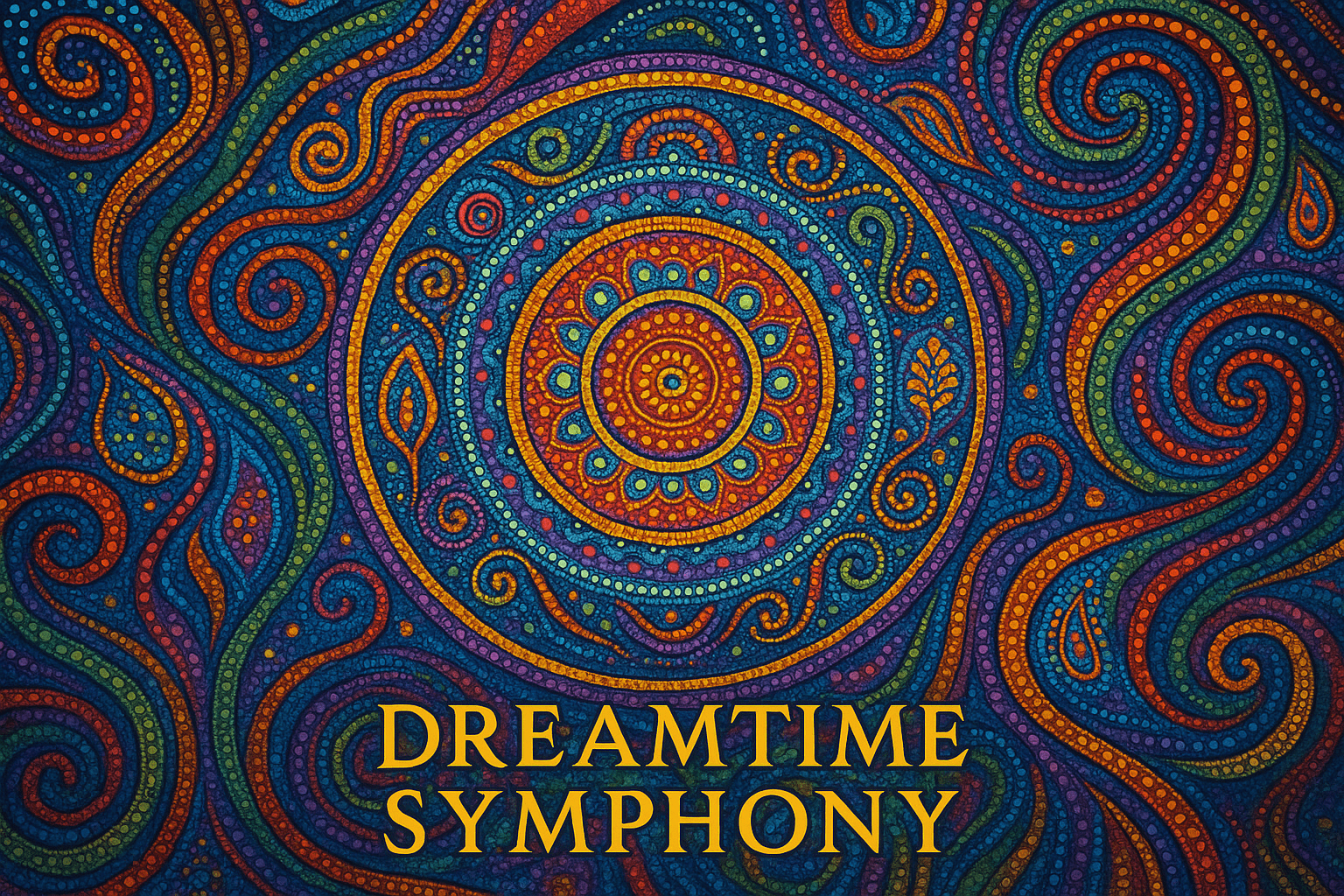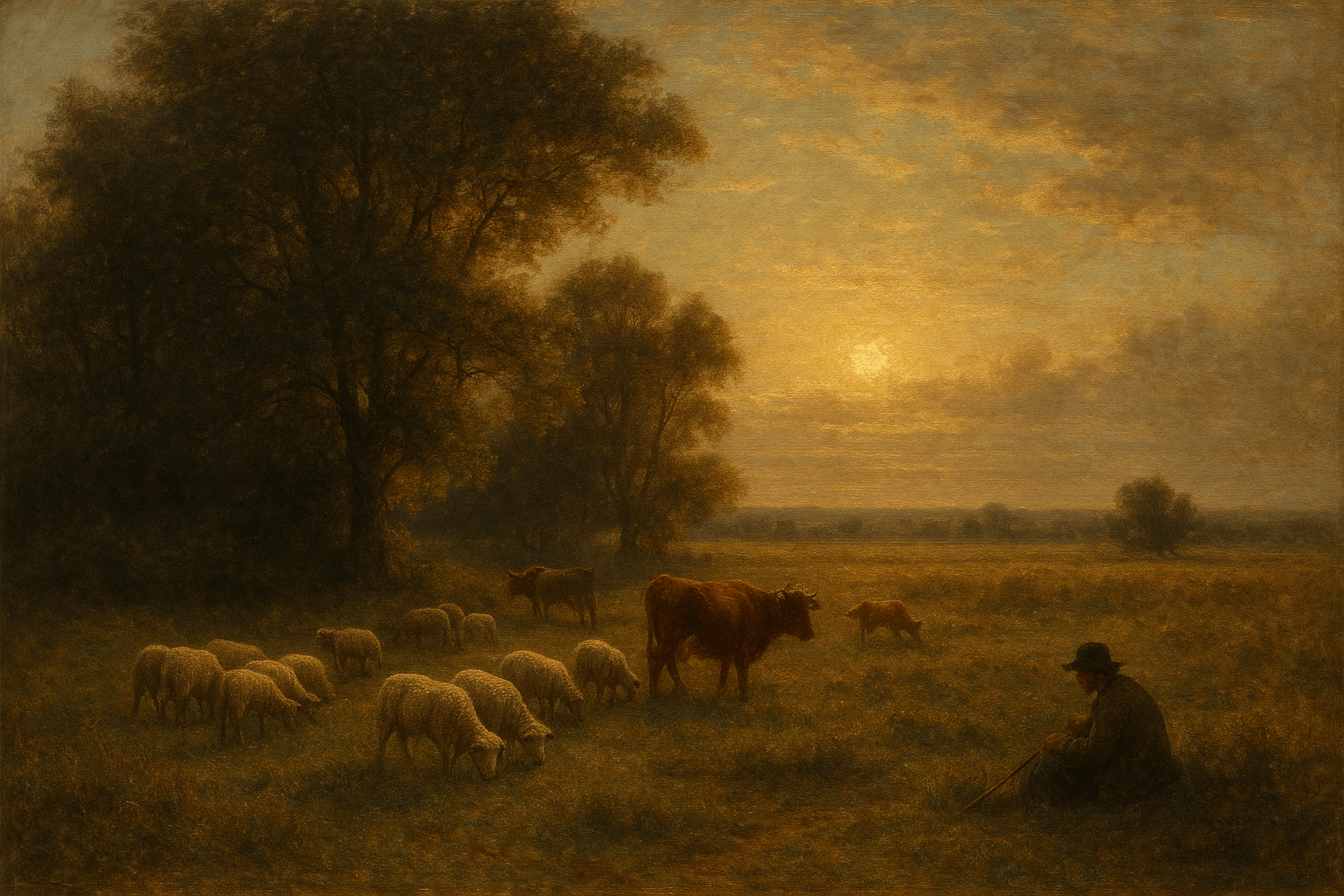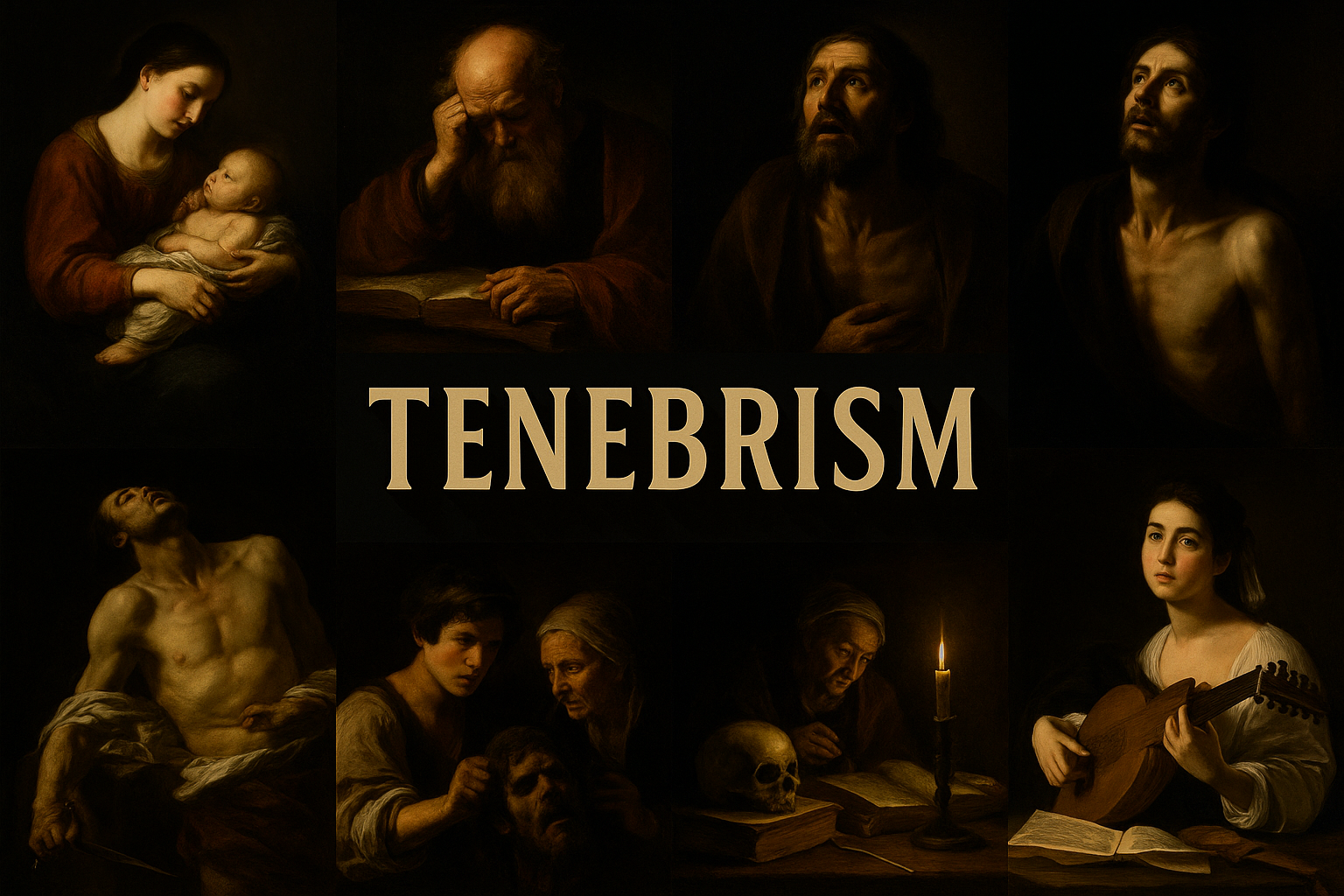
Tenebrism
Tenebrism is a style of painting in which shadows and darkness are used to create a sense of drama. The word “tenebro” means “darkness” in Italian, and the style is also sometimes called “dramatic illumination.” Tenebrism was popularized by the Italian artist Caravaggio in the early 1600s, and it was used by many other artists in the Baroque period. The style is characterized by strong contrasts between light and dark, and by the use of deep shadows to create a sense of mystery or suspense.
AOI thinking about Tenebrism [+_~]-/
Overview and Quickfacts
Tenebrism is a style of painting characterized by the use of strong chiaroscuro, or the contrast of light and dark. It was popularized by the Italian artist Caravaggio in the early 17th century, and used to dramatic effect in works such as The Calling of Saint Matthew and The Martyrdom of Saint Matthew. The style was later taken up by other artists, such as the Spanish painter Jusepe de Ribera.
Can understand it also, as:
Tenebrism is a style of painting characterized by the use of strong chiaroscuro, where there are very dark shadows and very bright highlights. It is also called dramatic illumination.
Categorize it as:
Impressionism, Modernism
.: Dreaming :.
holds a HAIKU for the art style
:. Thought is power .:
Detailed Description
Tenebrism, also known as dramatic illumination, is a style of painting in which shadows are used to create a sense of light and drama. The term is derived from the Italian word for “darkness,” tenebra. Tenebrism was popularized by the Italian artist Caravaggio in the early 17th century. His use of light and shadow to create a sense of drama and mystery was revolutionary at the time and had a profound impact on the development of Western art. Other notable artists who have used tenebrism in their work include Rembrandt, Georges de La Tour, and Francisco Goya. Tenebrism is often used in religious paintings to create a sense of awe and mystery. One of the most famous examples is Caravaggio’s “The Calling of Saint Matthew,” in which a ray of light from heaven illuminates the saint as he is called to serve God. Tenebrism can also be used to create a sense of terror and suspense, as in Goya’s “The Third of May 1808,” which depicts the execution of Spanish civilians by French soldiers during the Napoleonic Wars. Whether used to create a sense of awe or terror, tenebrism is a powerful tool that can add drama and emotion to any painting.
.. beep, beep, beep ..
<START OF TRANSMISSION>
1. Tenebrism is a style of painting characterized by the use of strong chiaroscuro effects, usually created by using very dark colors in the shadows and highlighted areas. 2. The term "tenebrist" comes from the Latin word for "darkness." 3. Tenebrism was first used by Italian Renaissance painters, such as Caravaggio, who were influenced by the dramatic lighting of the stage. 4. Tenebrism reached its height of popularity in the 17th century, during the Baroque period. 5. Many of the greatest painters of the Baroque period, such as Rembrandt, VelÃÂázquez, and Rubens, were known for their use of tenebrism. 6. Tenebrism can create a sense of mystery and suspense, as well as a feeling of drama and movement. 7. The use of strong chiaroscuro effects can also add a sense of depth and volume to a painting. 8. Tenebrism is often used in religious paintings, as the dramatic lighting can create a sense of the divine or the supernatural. 9. Tenebrism can also be used for more secular subjects, such as portraits, landscapes, and still lifes. 10. The term "tenebrist" has also been used to describe writers, filmmakers, and other artists who use darkness and light in their work. 11. The French writer HonorÃÂé de Balzac was known as the "Prince of Tenebrism" for his use of darkness and light in his novels. 12. The German filmmaker Fritz Lang was also known for his use of tenebrism in his films, such as "Metropolis" and "M." 13. The Coen brothers are contemporary filmmakers who often use tenebrism in their films, such as "No Country for Old Men" and "Fargo." 14. The Japanese filmmaker Akira Kurosawa was also known for his use of tenebrism in his films, such as "Rashomon" and "Seven Samurai." 15. The American novelist Cormac McCarthy is known for his use of tenebrism in his novels, such as "The Road" and "Blood Meridian." 16. Tenebrism can also be found in the work of many other artists, including the painters Goya, VelÃÂázquez, Rembrandt, and Caravaggio; the photographer Ansel Adams; and the filmmaker Stanley Kubrick. 17. Tenebrism is sometimes confused with chiaroscuro, which is a similar but distinct technique that uses light and dark tones to create the illusion of three-dimensional space on a two-dimensional surface. 18. Tenebrism is also sometimes confused with hatching, which is a drawing technique that uses parallel lines to create the illusion of shading. 19. Tenebrism is not to be confused with the literary genre of the same name, which is characterized by dark and often horrific themes. 20. Tenebrism is also not to be confused with the philosophical doctrine of nihilism, which holds that life is ultimately meaningless.
<EOF>
.. robbel bob
Visual Examples from our image gallery
Coming soon, we are so slow .. might never come
Artists, Paintings, and more
(be aware, can be highly speculative)
Artists (be aware, speculation possible):
1. Caravaggio (1571-1610) 2. Annibale Carracci (1560-1609) 3. Bartolomeo Passarotti (1529-1592) 4. Orazio Gentileschi (1563-1639) 5. Artemisia Gentileschi (1593-1652) 6. Mattia Preti (1613-1699) 7. Luca Giordano (1632-1705) 8. Giovanni Benedetto Castiglione (1609-1664) 9. Salvator Rosa (1615-1673) 10. Pier Francesco Mola (1612-1666) 11. Francesco Furini (1600-1646) 12. Domenico Fetti (1589-1623) 13. Bernardo Strozzi (1581-1644) 14. Diego VelÃÂázquez (1599-1660) 15. Francisco Rizi (1608-1685) 16. Jusepe de Ribera (1591-1652) 17. Rembrandt (1606-1669) 18. Jacob Jordaens (1593-1678) 19. Matthias Stomer (1600-1650) 20. Georges de La Tour (1593-1652) 21. Simon Vouet (1590-1649) 22. Nicolas Poussin (1594-1665) 23. Philippe de Champaigne (1602-1674) 24. Adriaen Brouwer (1605-1638) 25. Gerard Seghers (1591-1651) 26. Jan Lievens (1607-1674) 27. Ferdinand Bol (1616-1680) 28. Dirck Hals (1591-1656) 29. Pieter Lastman (1583-1633) 30. Gerrit van Honthorst (1590-1656)
Artworks (be aware, speculation possible)
1. “The Calling of Saint Matthew” – Caravaggio, 1599-1600 2. “The Martyrdom of Saint Matthew” – Caravaggio, 1600-1601 3. “The Death of the Virgin” – Caravaggio, 1606 4. “The Seven Works of Mercy” – Caravaggio, 1607 5. “Saint John the Baptist” – Caravaggio, 1610 6. ” Judith Beheading Holofernes” – Artemisia Gentileschi, 1612-1613 7. “David with the Head of Goliath” – Caravaggio, 1610 8. “Saint Francis in Ecstasy” – Caravaggio, 1605-1606 9. “The Conversion of Saint Paul” – Caravaggio, 1601 10. “Narcissus” – Caravaggio, 1597-1599 11. “The Taking of Christ” – Caravaggio, 1602 12. “Saint Jerome Writing” – Caravaggio, 1605-1606 13. “The Entombment of Christ” – Caravaggio, 1603 14. “The Beheading of Saint John the Baptist” – Caravaggio, 1608 15. “The Musicians” – Caravaggio, 1595 16. “Boy Bitten by a Lizard” – Caravaggio, 1593 17. “Saint Catherine of Alexandria” – Caravaggio, 1598 18. “Saint Cecilia” – Caravaggio, 1599-1600 19. “The Sacrifice of Isaac” – Caravaggio, 1603 20. “The Death of the Virgin” – Annibale Carracci, 1604-1605 21. “The Lute Player” – Caravaggio, 1596 22. “Saint Sebastian” – Caravaggio, 1598 23. “Saint Francis in Prayer” – Caravaggio, 1606 24. “The Penitent Magdalene” – Caravaggio, 1606 25. “Saint John the Baptist” – Annibale Carracci, 1598 26. “The Adoration of the Shepherds” – Annibale Carracci, 1609 27. “The Adoration of the Magi” – Annibale Carracci, 1608-1609 28. “The Flight into Egypt” – Annibale Carracci, 1608-1609 29. “The Baptism of Christ” – Annibale Carracci, 1608-1609 30. “The Crucifixion of Saint Peter” – Caravaggio, 1601
Epoch
Tenebrism is associated with the Baroque period, which lasted from approximately 1600 to 1750.
AI ART RESSOURCES (AKA, well Tools)
Helping tools -> predefined search links on other pages:
